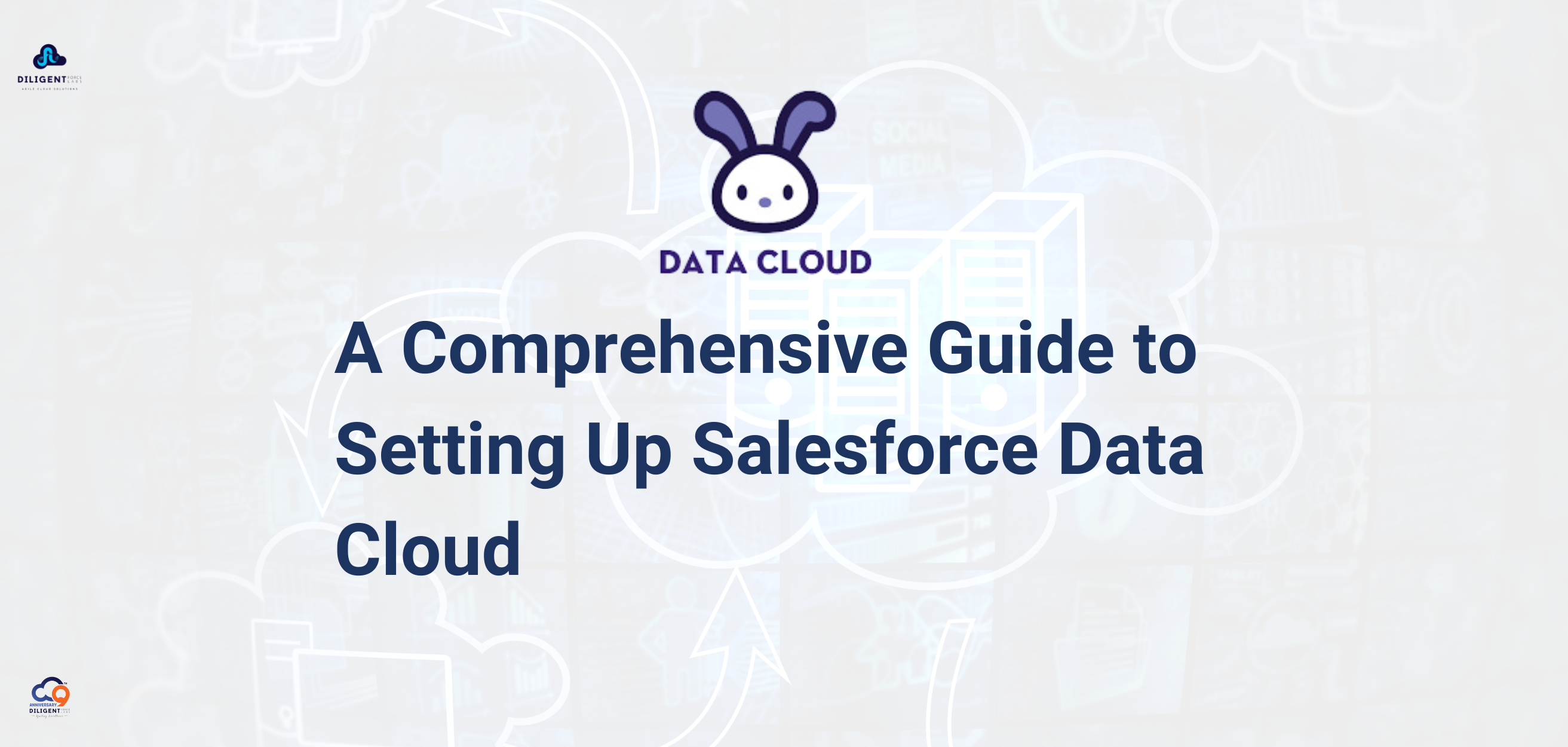Mulesoft’s API-Led connectivity follows a “bottom-up” approach. This is a design that promotes reusability, modularity, and flexibility in building and managing integrations. This methodology focuses on the use of well-defined APIs to connect various applications and data sources in an organization. API-Led connectivity is divided into three layers. This approach starts with creating APIs at the “System Layer” ” and then those APIs are reused and combined to build high-level APIs in the “Process Layer” and “Experience Layer”.
System API Layer:
In this layer, APIs are developed to connect backend systems or data sources directly. These APIs offer standardized interfaces for gaining access to the capabilities of underlying systems from their complexity. This layer creates a standardized interface to interact with different data sources, making it easy to modify or update systems without affecting the ecosystem. Here, data should never be in public use.
Process API Layer
Process APIs integrate two or more System APIs to build more end-to-end operations. These APIs are used for data transformation between System APIs implement different types of business logic or shape out the data from System APIs. It can perform aggregation, splitting, and routing of the data. Here also, data should never be in public use.
Experience API Layer:
This layer is an End-User experience layer. These APIs integrate the data from different kinds of Process APIs. They provide a simplified interface for users, ensuring that APIs meet the specific needs of end-users, whether they are external applications mobile apps, or IOT devices. Here, data will be exposed to the end-user.

Advantages of API-led Connectivity:
- Reusability: APIs can be reused across different projects and initiatives, reducing duplication of effort.
- Modularity: The architecture is modular, allowing changes to one layer without affecting others.
- Scalability: It enables scalable and parallel development efforts by different teams.
- Ease of Consumption: APIs are designed with consumers in mind, making them user-friendly.
- Governance: API Manager provides governance and control over APIs, including security and versioning.
API-led connectivity is a strategic approach to integration that enables organizations to create flexible, reusable, and scalable integrations that adapt to changing business needs, enhance agility, and improve the overall efficiency of their IT landscape. By adopting this approach, organizations can unlock the full potential of their data and systems while maintaining control, security, and governance.
What is API-led connectivity?
API-led connectivity is a systematic approach that integrates different technologies within an organization and provides data access and application access by using APIs.
which industries can API-led connectivity be applied to?
API-led connectivity has different kinds of applications across various industries, including retail, healthcare, financial services, manufacturing, transportation, government, media, entertainment, energy, and utilities. It optimizes operations, enhances data accessibility, and promotes innovation in these domains.
How Can API-Led Connectivity Improve My Business?
An API-led connectivity approach helps businesses in many ways by delivering various benefits
Connect Anything– An API-led integration strategy is the best way to connect systems, data, and people.
Reduce Time and Costs– The API assets you have created are reusable wherever you need them. This can help you save time and costs.
Designed For Change– API connectivity offers you great flexibility, the API assets can be redesigned for the changes based on new technologies.
Recent Post
15, Jul, 2024 | By Mahesh Siddireddy

09, Jul, 2024 | By Mahesh Siddireddy

How we can help you!
Contact UsJust Connect With Us!
Our team of certified Salesforce and ServiceNow consultants is standing by to offer answers, ideas and solutions.


